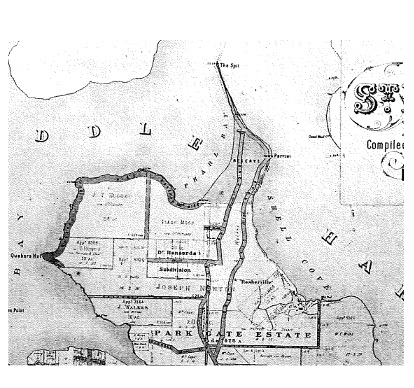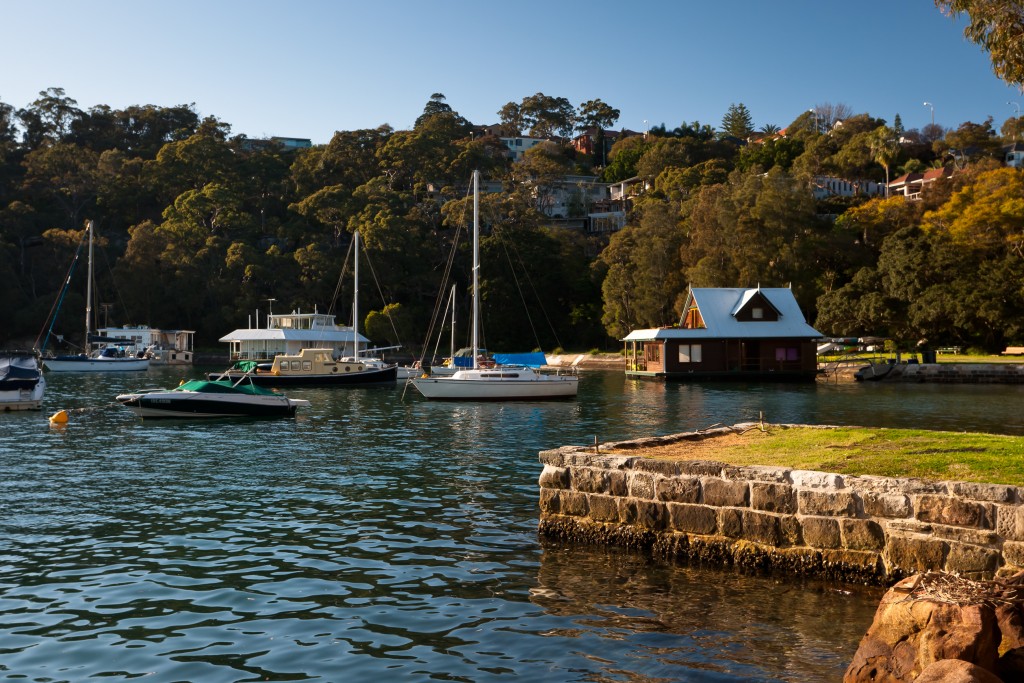Eight kilometres north east of Sydney’s central business district, Mosman’s natural and built environment has a rich history. Growing up in Mosman, as my father and my grandfather did also, I have seen significant changes throughout the suburb in my lifetime. Being in a family that actively enjoys informal discussion about local developments and transformations greatly sparked my own personal enjoyment for history.
Given my fondness for my local area, I have organised to work with the Mosman Historical Society for my project. The Society was founded in 1953 as ‘an incorporate community organisation [to] promote the history and heritage of Mosman’ (1). It is staffed by a group of passionate volunteers who coordinate the documentation and sharing of Mosman public history. Many of them have an academic historical background and invite the community to join them as members of the society. Members are invited to annual lectures, social events, excursions, walks, and to contribute articles to newsletters. While joining the society as a member is encouraged, all activities the society organises are published on the website to ensure they are accessible to the public and visitors can join the activity at the time for a cost of $5. As they do not have a physical headquarters, the society hosts most of its events at the Mosman Library.
Whilst exploring the Mosman Historical Society’s website, I saw on their events page that they often organised walking tours as a society activity, and on their resources page they had published historical guides to local areas of Mosman. However, I noticed that their previous walking tours and historical guides did not extend to include Beauty Point and The Spit, which is the area of Mosman I live in. Thus, for my project, I will be creating an informative walking tour guide for Beauty Point. This area entails several locales, including the Spit, Chinamans Beach, and Pearl Bay. This part of Mosman was known to the Borogegal people of the Eora nation as Parriwi and Warringa (2). They inhabited and maintained by the Borogegal people until the area was discovered by European settlers in 1788 (3).

With my project, I wish to fill this gap but also to publicise the beauty and history of this area, which is not as well-known beyond local knowledge as other, larger Mosman areas, such as Balmoral. In my tour guide, I plan to include a variety of primary and secondary sources to complement the information that individuals will access as they walk around and to ensure it is aligned with the other, historically-oriented, walking tours the Mosman Historical Society currently possesses.

My “History beyond the Classroom” project is an opportunity for me to delve deeply into the history of the area I call home, and that my other members of my family have also called home for over fifty years, and to build a connection with my local history society. I hope that my project will be a valuable resource for the Mosman Historical Society to publish on their website to complement their current walking tour guides, and will be used and enjoyed by Mosman locals and visitors alike.
Reference List
- Mosman Historical Society. “Welcome.” Accessed October 5, 2021. https://mosmanhistoricalsociety.org.au/.
2. Souter, G. Mosman, A History. Melbourne: Melbourne University Press, 1994 (p. 10)
3. Souter, G. Mosman, A History. Melbourne: Melbourne University Press, 1994 (p. 10)
4. Sand spit peninsula with Grant’s Wharf, 1885. Retrieved Mosman Municipal Library, http://www.mosma.nsw.gov.au/library/trace
5. Extent of the Park Gate Estate, 1889. Retrieved Mosman Municipal Library, http://www.mosma.nsw.gov.au/library/trace

